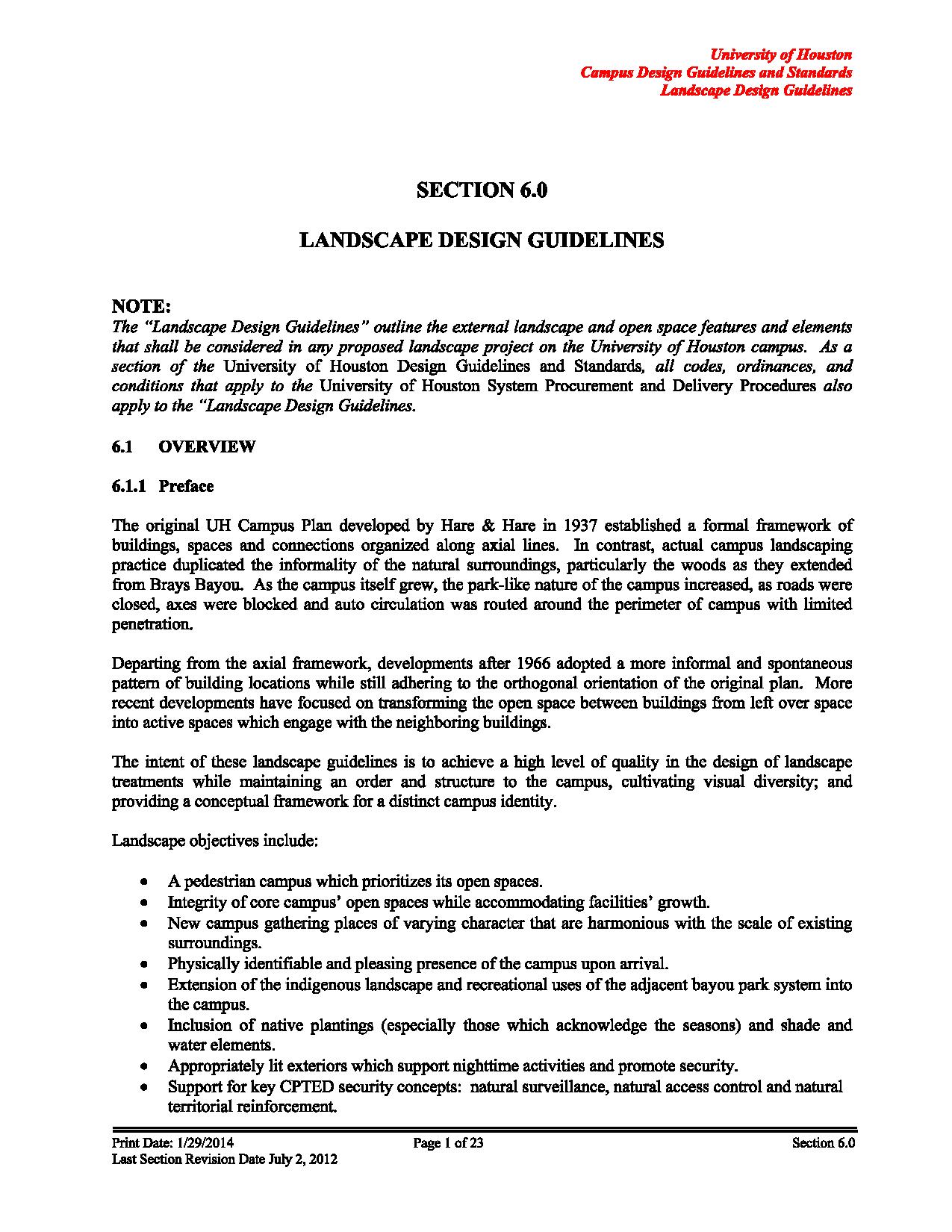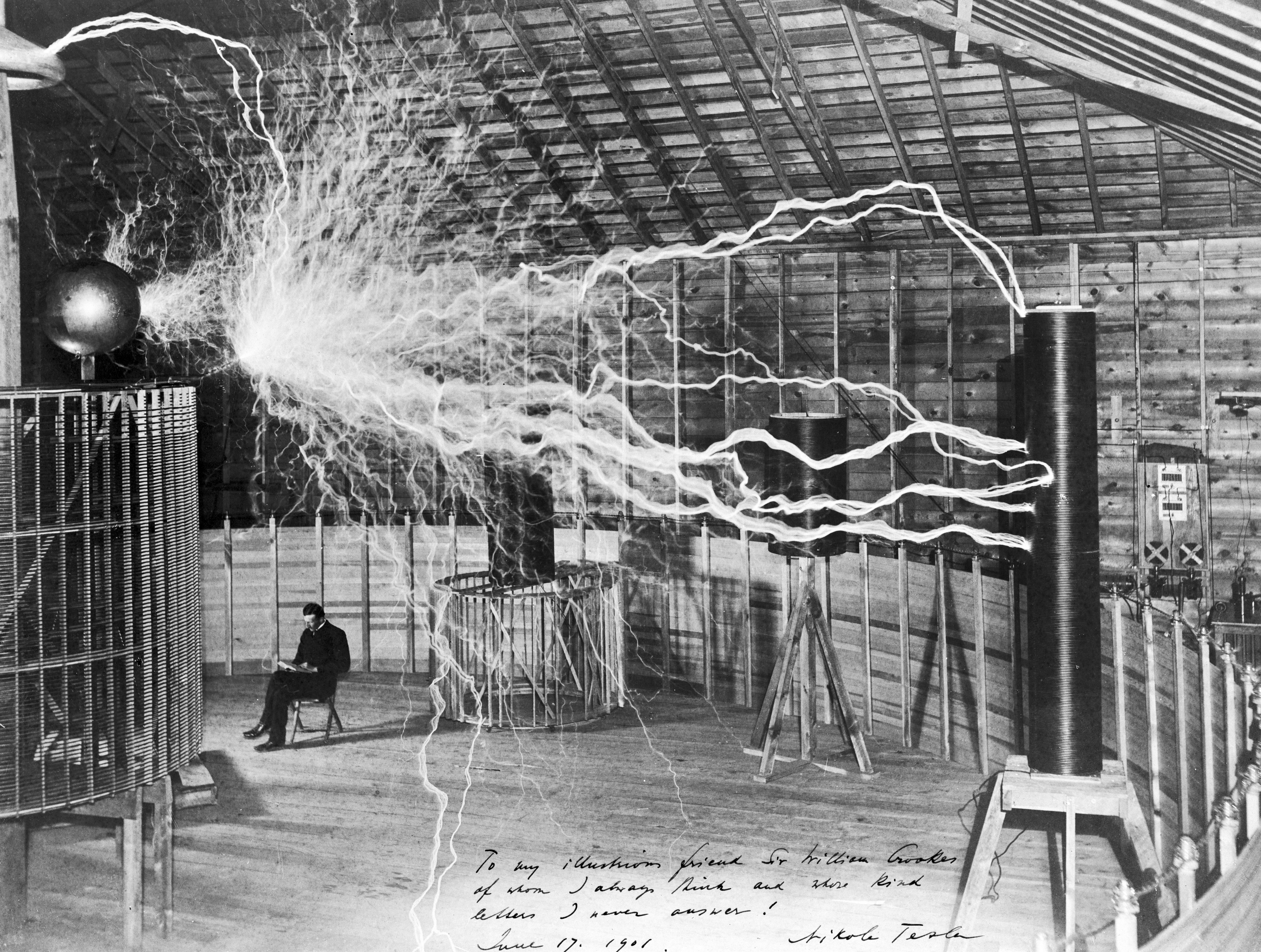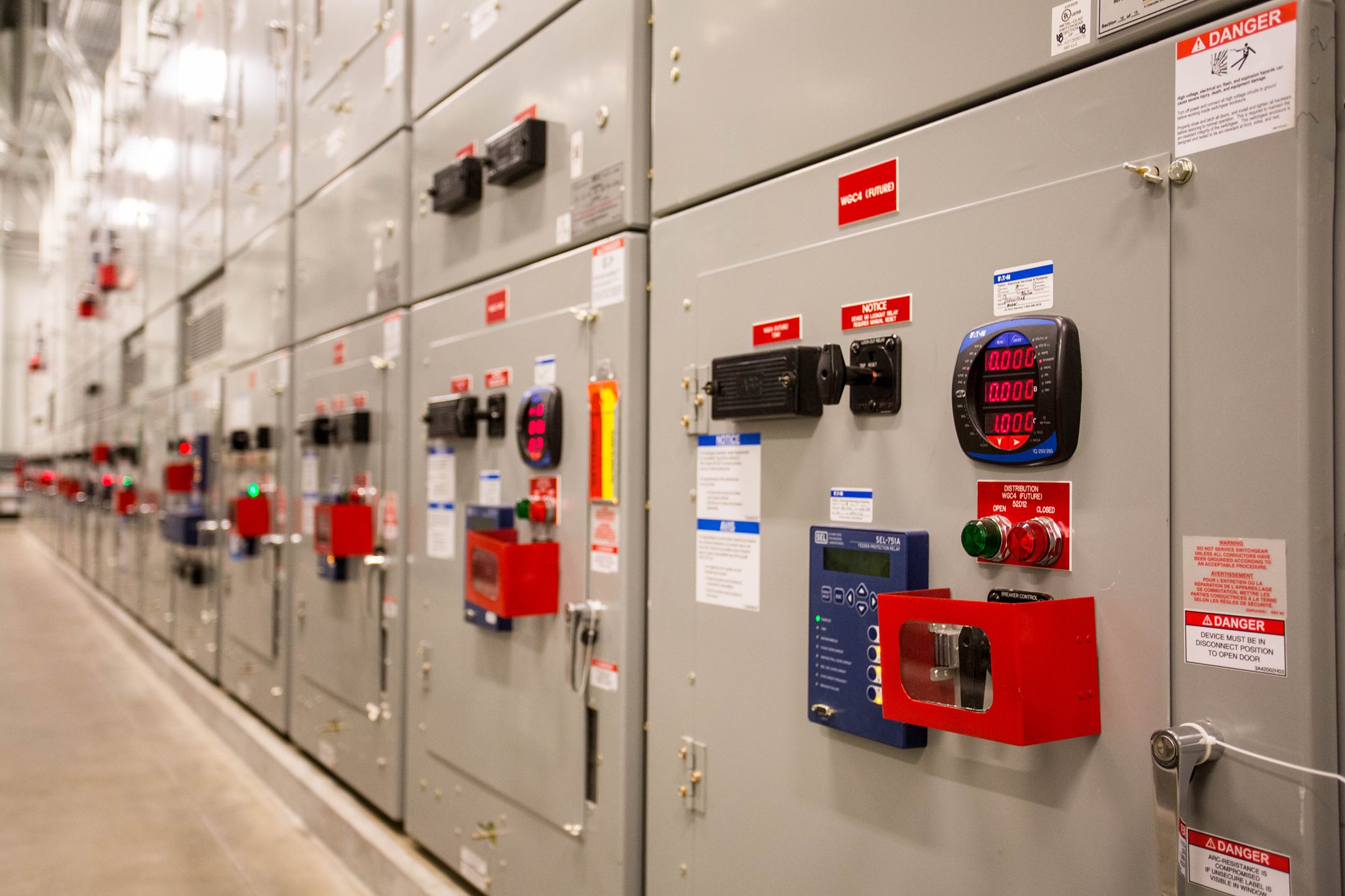Campus Gardens
- Home Page 209

Electrical Safety in the Workplace
The NFPA suite of electrical safety titles are most familiar to the education facility safety community because NFPA documents run deeply in local public safety culture; dominated by an over-arching concern for protection from fire.
The NFPA 70-series of documents are developed according to ANSI-accredited due process requirements that features a comparatively rigorous administration of stakeholder balance; much more so than the electrotechnology consensus documents prepared by the Institute of Electrical and Electronic Engineers Standards Association which is much broader in global reach.
Generally speaking, the IEEE — the world’s largest professional association — is dominated by electrotechnology experts who work on behalf of the user-interest in the US standards system; hence our close collaboration with the IEEE Education and Healthcare Facilities Committee as the the emergent #WiseCampus rolls out. We also present an informed vote supported by the IEEE Industrial Applications Society.
The cultural difference between fire safety community and the electrotechnology community must be understood in order to understand how, why and where the NFPA-70 series of documents harmonize and conflict with IEEE Standards Association electrical safety codes and standards. You find an abundance of academic faculty and researchers developing IEEE documents; not so many of the same developing NFPA documents.
We list the complete NFPA 70-suite below:
NFPA 70 National Electrical Code® (2020)
NFPA 70A National Electrical Code® Requirements for One- and Two-Family Dwellings[1]
NFPA 70B Recommended Practice for Electrical Equipment Maintenance
NFPA 70E Standard for Electrical Safety in the Workplace®
Note that two on the foregoing list receives special (legal) handling as “code”.
We provide links to the transcripts of the 2024 technical committee meetings to show the scope of discussion that goes into the preparation of this document:
Electrical Safety in the Workplace (EEW-AAA)
The circumstances of the pandemic have restrained the normal course of business at NFPA, as it has most other standards developers. We make near-daily contact with many NFPA titles so click in any day at 15:00 UTC for an update.
Public Input on the 2027 Revision will be received until June 4, 2024.
We are happy to discuss proposals for the next revision of NFPA 70E any day at 15:00 UTC but direct you to the possibility of more detailed discussion during any of the bi-weekly online meetings of the IEEE Education and Healtcare Facilities Committee.[2]
Issue: [3-3], [6-4], [10-14], [12-19], [15-160] and [18-135]
Category: Electrical, Public Safety, Risk Management
Colleagues: Mike Anthony, Jim Harvey, Joe Tedesco
[1] Many colleges and universities own and operate real assets that are covered by residential building codes; frequently on the perimeter of a campus or farther off-site as in the case of residential assets that are donated to the university. We generally confine our advocacy to education facilities that are classified as commercial and covered by NFPA 70, 70B and 70E, though we are happy to consult with facility managers on NFPA 70A as necessary.
[2] Standards Michigan is undertaking a 50-state rollout during 2019 because, among other reasons, national committees across the entire span of accredited standards, tend to be dilutive. We want to offer more support for state exceptions to the codes and standards that affect the safety and sustainability goals of the education industry.
Intermediate Welding
Kerry College — founded in the early 1970’s s as Tralee Regional Technical College — has since expanded its programs and facilities, becoming a hub for education and skill development in Kerry County. In 2007, the institution underwent a significant transformation and was renamed the Institute of Technology Tralee reflecting its growth and status as a higher education institution offering undergraduate and postgraduate programs in business and the arts.
Relevant Standards:
International Standardization Organization
ISO 3834 – Quality requirements for fusion welding of metallic materials.
ISO 9606 – Qualification testing of welders.
ISO 14731 – Welding coordination – Tasks and responsibilities.
ISO 15614 – Specification and qualification of welding procedures for metallic materials.
AWS D1.1 – Structural Welding Code – Steel (published by the American Welding Society, but widely used internationally).
AWS D1.2 – Structural Welding Code – Aluminum (also published by the American Welding Society but recognized internationally for aluminum welding).
EN ISO 9606 – Qualification testing of welders.
EN ISO 3834 – Quality requirements for fusion welding of metallic materials (European version of ISO 3834).
These provide guidelines, specifications, and requirements for various aspects of welding processes, materials, and qualifications. Keep in mind that there are many other specific standards for different industries and materials, so it’s essential to refer to the relevant standard for your specific welding application and location. Additionally, standards can be updated or revised over time, so it’s advisable to check with the respective standard-setting organizations for the most current versions.
Radio Kerry
https://www.facebook.com/media/set/?set=a.1974793182746850&type=3
https://www.radiokerry.ie/shows/
Gallery: University-Affiliated Healthcare Enterprises
There are few differences between university-affiliated hospitals and for-profit hospitals. We approach university hospitals as scaled down “study units”.
Standpoint Epistemology
This content is accessible to paid subscribers. To view it please enter your password below or send mike@standardsmichigan.com a request for subscription details.
The Growth of Logical Thinking from Childhood to Adolescence
This content is accessible to paid subscribers. To view it please enter your password below or send mike@standardsmichigan.com a request for subscription details.
New update alert! The 2022 update to the Trademark Assignment Dataset is now available online. Find 1.29 million trademark assignments, involving 2.28 million unique trademark properties issued by the USPTO between March 1952 and January 2023: https://t.co/njrDAbSpwB pic.twitter.com/GkAXrHoQ9T
— USPTO (@uspto) July 13, 2023
Standards Michigan Group, LLC
2723 South State Street | Suite 150
Ann Arbor, MI 48104 USA
888-746-3670

















